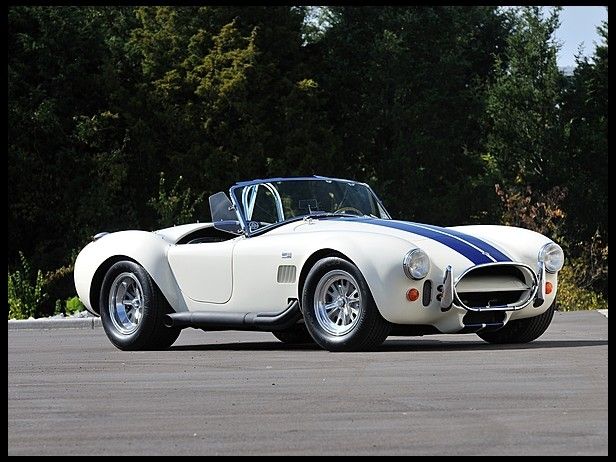1929 Hudson Model L Dual-Cowl Sport Phaeton
Offered by Bonhams | Scottsdale, Arizona | January 2024

Hudson was one of a very small percentage of U.S. automakers to make it both through the Depression and come out the other side of WWII. In fact, they lasted from 1909 through 1957, by which time they had merged with Nash to form AMC. Hudsons were never top-tier luxury cars, but during the ’20s and ’30s, they introduced entry-level brands, which allowed Hudson to inch farther upmarket.
Which is how this coachbuilt Model L came to be. The Sport Phaeton bodywork is from Biddle & Smart, who built all bodies for the Model L, which was Hudson’s flagship offering in 1929. Power is from a 4.7-liter inline-six rated at 92 horsepower. Hudson was America’s #3 automaker behind Chevrolet and Ford in 1929.
Only 17 Phaetons were built in 1929, and just seven remain. The car has been restored to, interestingly, colors from a period Hudson advertisement. It’s a pretty slick car, and head and shoulders above what you could’ve got from Chevy or Ford in the same year. The estimate is $150,000-$180,000. Click here for more info.


















